Cryogenic Grinding Mill
- Retsch - CryoMill
- Material feed size: ≤ 8 mm
- Final fineness: ~ 5 µm
- 3 different grinding modes - cryogenic, dry or wet at ambient temperature
The CryoMill is tailored for cryogenic grinding
The grinding jar is continually cooled with liquid nitrogen from the integrated cooling system before and during the grinding process.
Thus the sample is embrittled and volatile components are preserved. The liquid nitrogen circulates through the system and is continually replenished from an Autofill system in the exact amount which is required to keep the temperature at -196 °C.
Powerful impact ball milling results in perfect grinding efficiency. The Autofill system avoids direct contact with LN2 and makes cryogenic grinding very safe. Its versatility (cryogenic, wet, and dry grinding at room temperature) makes the CryoMill the ideal grinder for quantities up to 20 ml.
Application Examples
animal feed, bones, chemical products, food, hair, oil seeds, paper, plant materials, plastics, sewage sludge, soils, tablets, textiles, tissue, waste samples, wood, wool...
Product Advantages
- powerful cryogenic grinding by impact and friction, up to 30 Hz
- 3 different grinding modes (cryogenic, dry or wet at ambient temperature)
- closed LN2-system (autofill) for enhanced safety, avoids any contact of the user with LN2
- screw-top grinding jars for convenient, leak-proof operation
- wide range of accessories including various LN2 feeding systems, jar and ball sizes, adapter racks, materials
- low LN2-consumption
- clearly structured user interface, memory for 9 SOPs
- programmable cooling and grinding cycles (10 s to 99 min)
- ceramic jar available
Function Principle
| Applications | size reduction, mixing, homogenization, cell disruption |
| Field of application | agriculture, biology, chemistry / plastics, construction materials, engineering / electronics, environment / recycling, food, geology / metallurgy, glass / ceramics, medicine / pharmaceuticals |
| Feed material | hard, medium-hard, soft, brittle, elastic, fibrous |
| Size reduction principle | impact, friction |
| Material feed size* | ≤ 8 mm |
| Final fineness* | ~ 5 µm |
| Batch size / feed quantity* | max. 20 ml |
| No. of grinding stations | 1 |
| Setting of vibrational frequency | digital, 5 - 30 Hz (300 - 1800 min-1) |
| Typical mean grinding time | 10 min / 4 min (cooling / grinding) |
| Dry grinding | yes |
| Wet grinding | yes |
| Cryogenic grinding | yes |
| Cell disruption with reaction vials | yes |
| Self-centering clamping device | yes |
| Type of grinding jars | screw top design |
| Material of grinding tools | hardened steel, stainless steel, zirconium oxide, PTFE |
| Grinding jar sizes | 5 ml / 10ml / 25 ml / 35 ml / 50 ml |
| Autofill | 50 l |
| Setting of grinding time | digital, 30 s - 99 min |
| Storable SOPs | 9 |
| Electrical supply data | 100-240 V, 50/60 Hz |
| Power connection | 1-phase |
| Protection code | IP 30 |
| Power consumption | 260 W |
| W x H x D closed | 395 x 373 x 577 mm (D: 710 mm with exhaust tube) |
| Net weight | ~ 45 kg |
| Standards | CE |
*depending on feed material and instrument configuration/settings

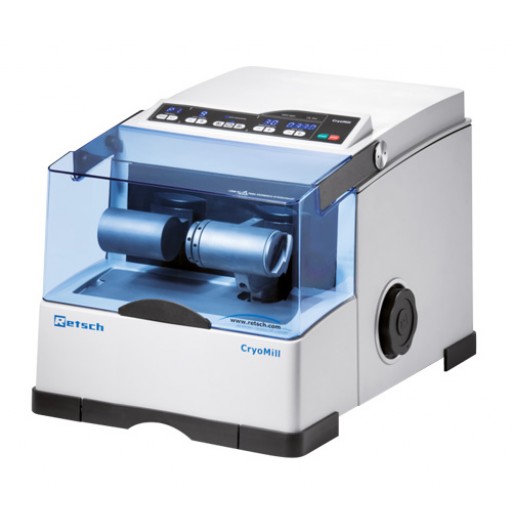

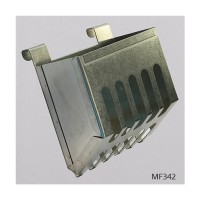

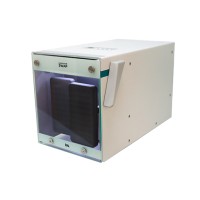
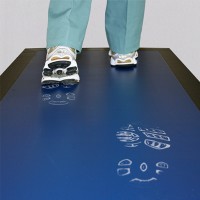

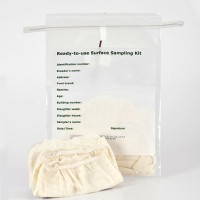
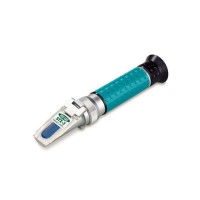
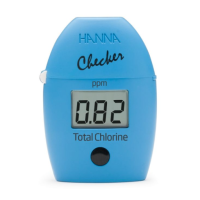
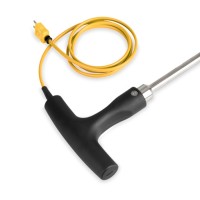
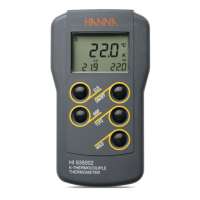
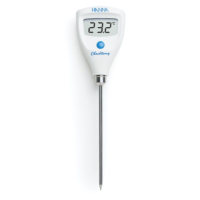
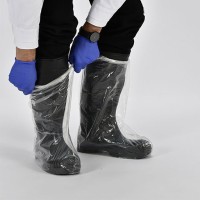
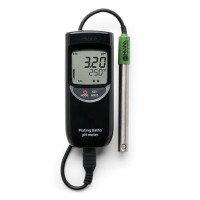

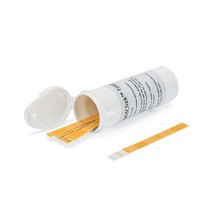
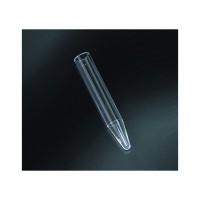
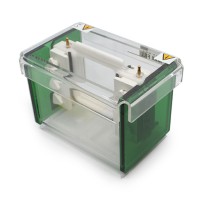

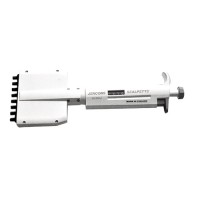
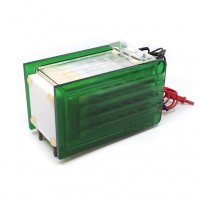


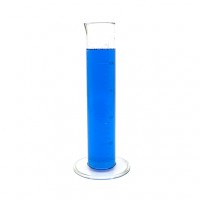


Can we help you?
min 10 ch